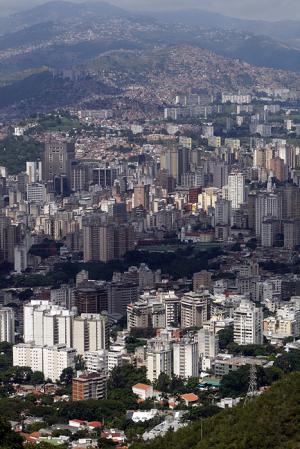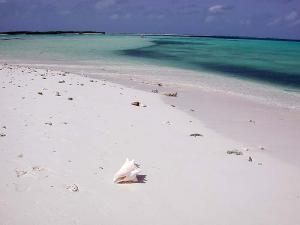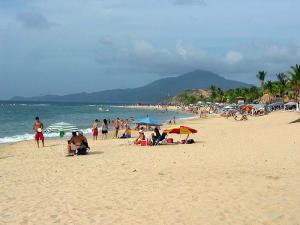The coast stretches over 2,000km from Lake Maracaibo in the west (where oil was first discovered in 1914) to the Paria Peninsula in the east, whose tip is only a few miles from the islands of Trinidad and Tobago.

Caracas
Caracas has a pleasant climate due to its position high in the hills above the coast. The city fills several valleys, and is about an hour from the international airport. Apart from a few remnants of its colonial past, a cable car up the mountain and some interesting handicraft shops, there is little to attract or detain the tourist.

Choroní and Morrocoy
West of Caracas, the bustling fishing village of Choroní is close to some pretty beaches framed by the stunning backdrop of coastal mountains. The village is on the edge of the Henri Pittier National Park, more than 100,000 hectares of cloud forest and home to 6.5% of the world’s bird species.

Los Roques
Just 90 nautical miles north of Caracas, the Los Roques archipelago comprises around 42 reef-formed islands, the largest of which is Gran Roque, and many smaller islets covering a total area of 400 square kilometres. The turquoise water is crystal-clear and there are many exotic fish around the coral, so it is wonderful for snorkelling and diving. On the cayes themselves there are miles of pristine, white sandy beaches (and very little natural shade).

Margarita and Mochima
The island of Margarita, ringed by beaches, is a popular destination both for mass market packages and Venezuelans on holiday. While parts of the island have been spoilt by uncontrolled development and the beaches can be crowded, there are some pretty posadas (inns) which provide a friendly base for exploration.

 Caracas and the Caribbean Coast
Caracas and the Caribbean Coast